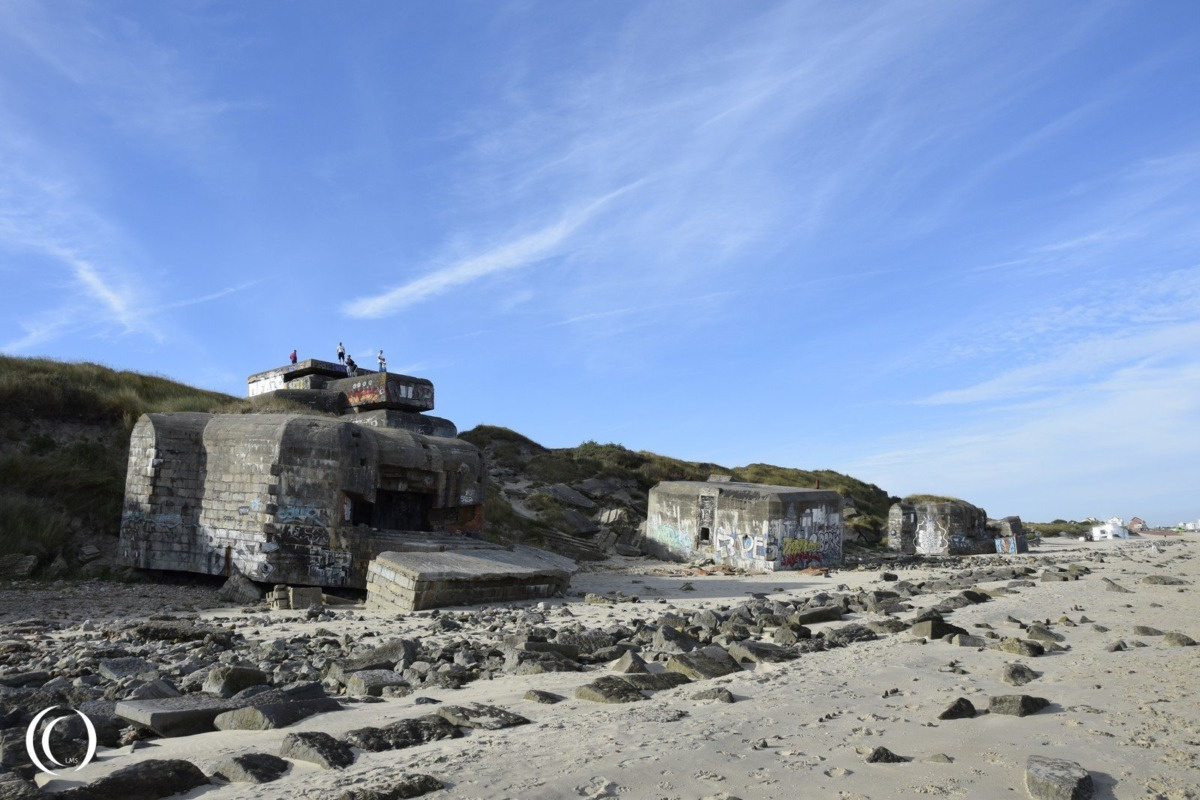
History
The French decided to construct a series of fortifications after the Franco-Prussian War of 1870-1871 along the French Border. 196 forts, 58 small works, and 278 batteries were built. The Zuydcoote Battery, as the French named it, lies farthest to the west and was intended to protect the important shipping channel east of the port city of Dunkirk, along Zuidkote. There are many sandbanks in the sea parallel to the coast, and ships had to sail a distance along the coast to reach the port.
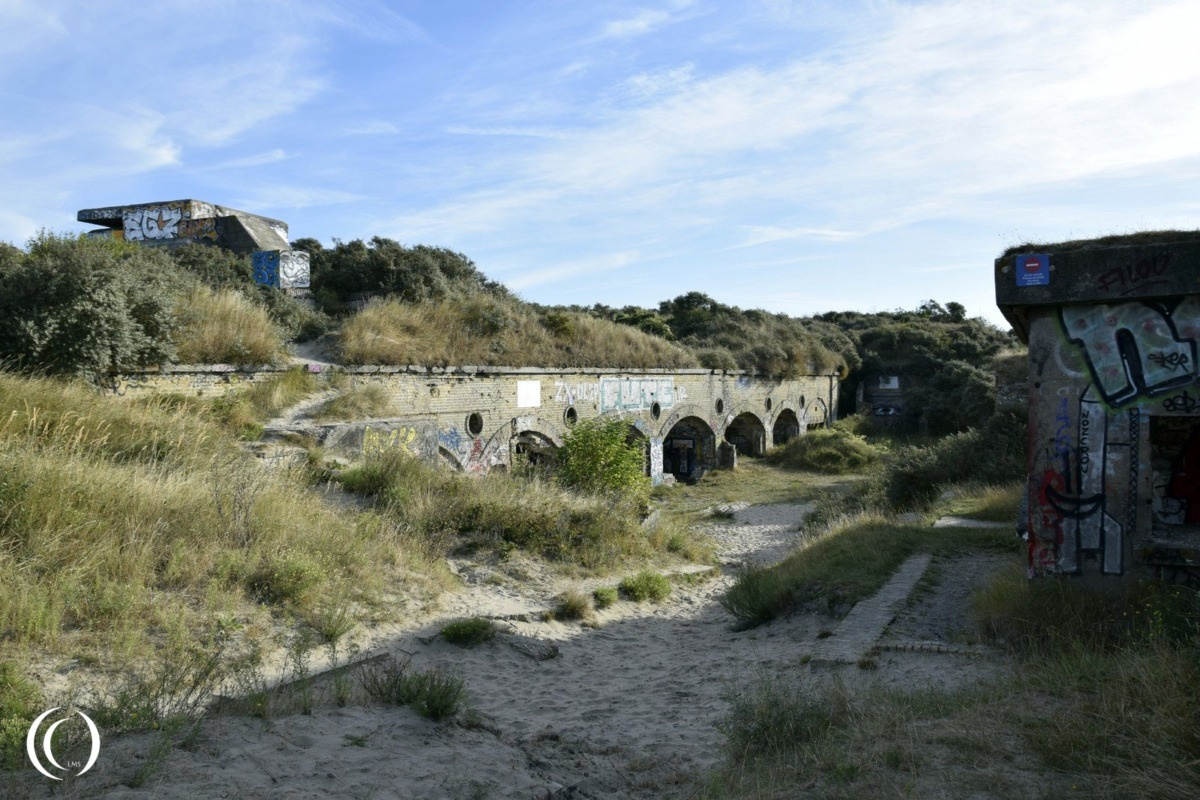
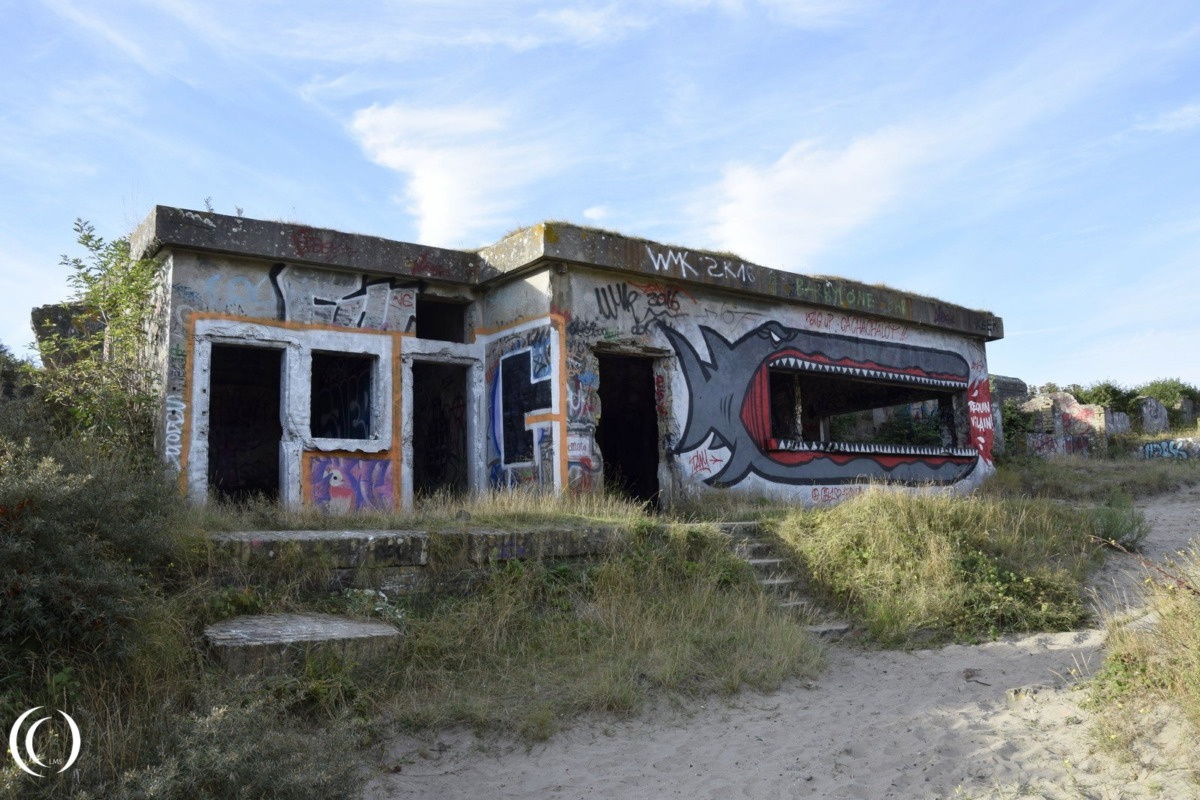
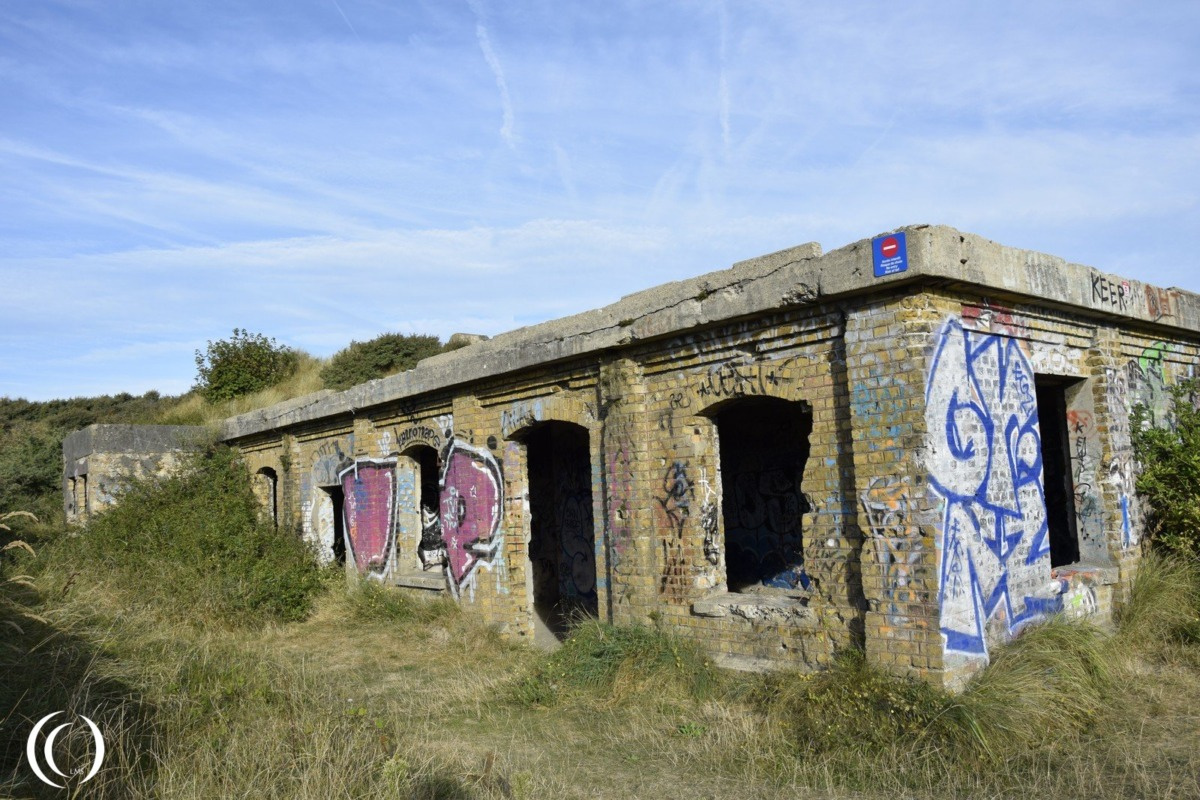
The battery was built of yellow bricks and had 10 open firing platforms with six 9.5-centimetre and four 19-centimetre guns were stationed, most of which faced out to sea, with a few facing east/ inland The East-facing guns, together with the guns from Fort des Dunes, built at the same time, were tasked with blocking the land access route through the dunes. The battery was modified several times to keep pace with advances in military technology and insights. In 1913, the 19-centimeter guns were replaced by four heavier 24-centimeter guns. There was a railroad between the two French forts Zuydcoote and Fort des Dunes.
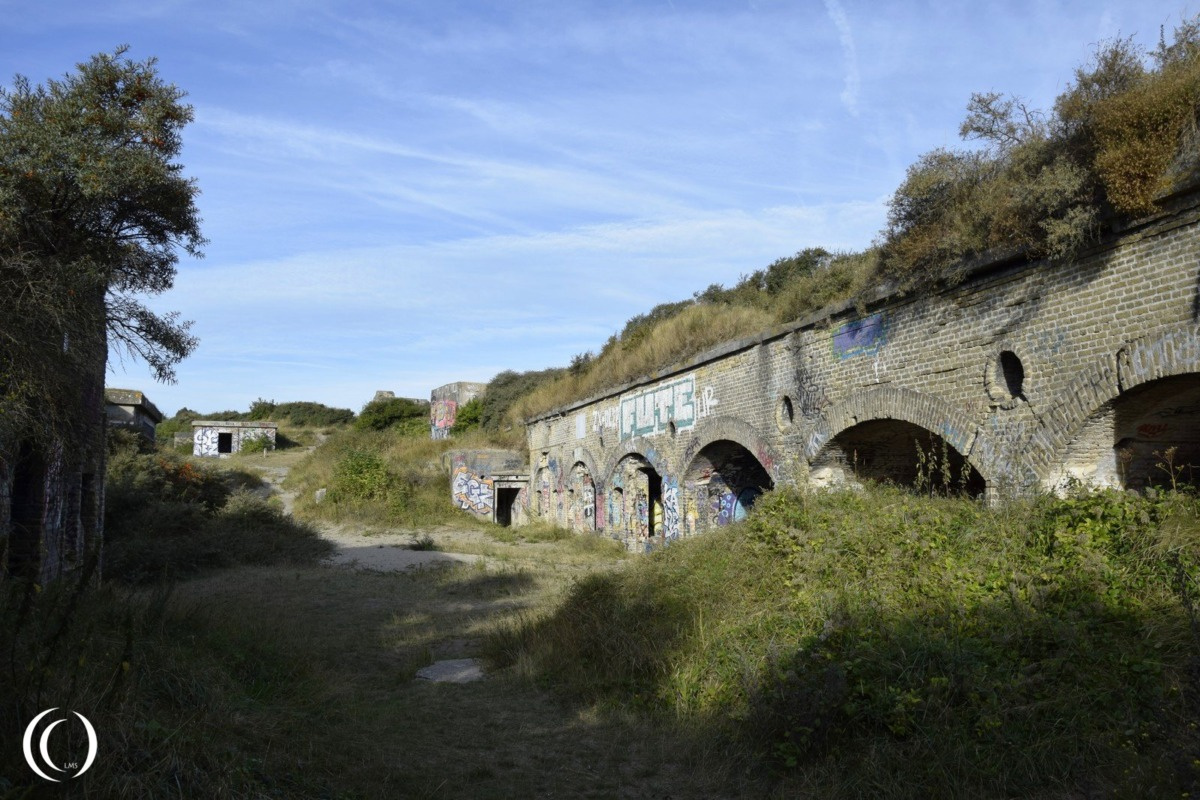
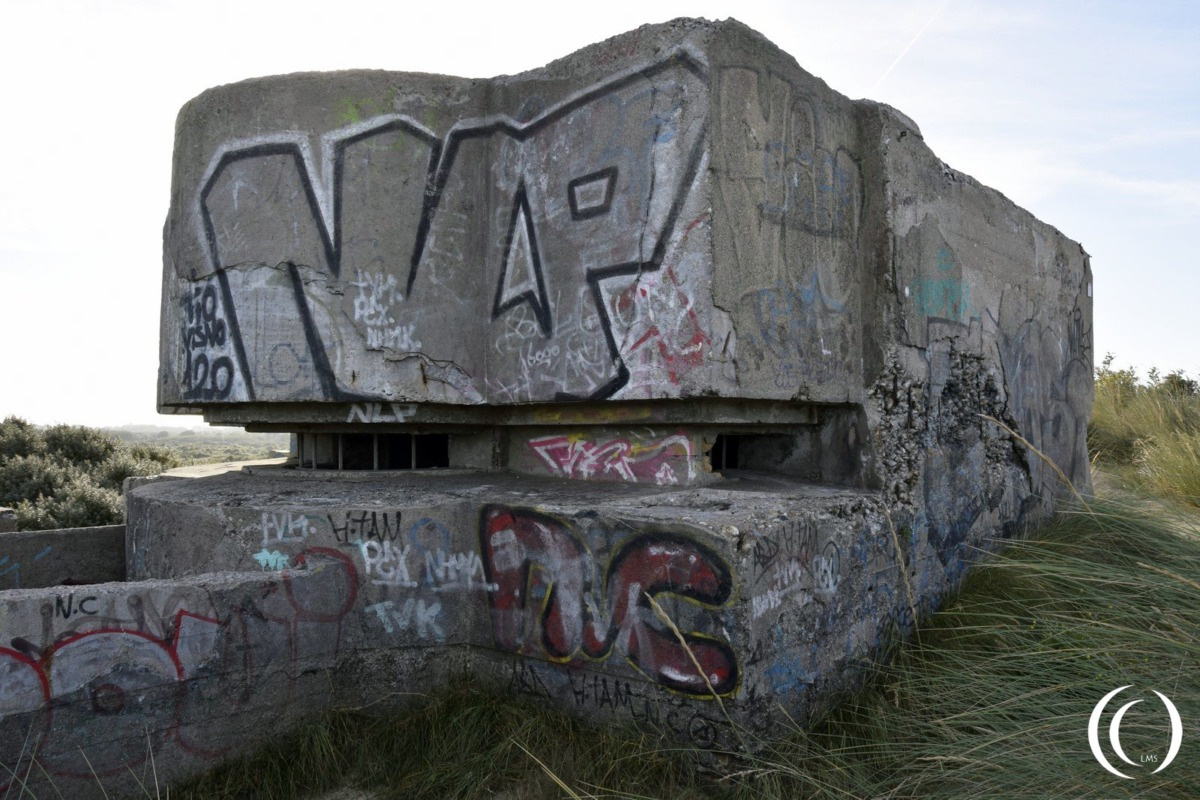
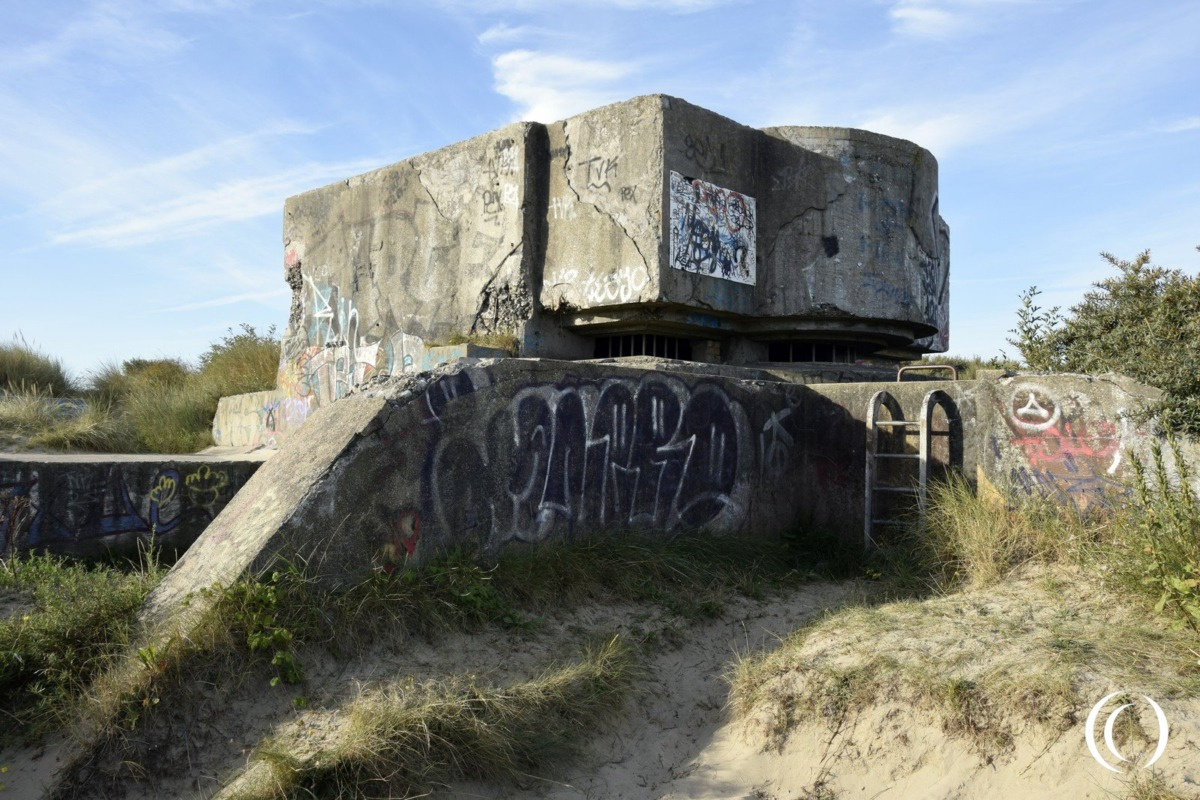
Stp. M.K.B. Malo Terminus
After the fall of France and the Battle for Dunkirk the Germans used the outdated French coastal battery and upgraded it. They modified the brick buildings to ammunition storage, kitchen, personnel quarters etc. And built Regelbau reinforced concrete bunkers creating a modern coastal battery.
As it was located in Malo-les-Bains, a seaside neighborhood of Dunkirk (Dunkerque). Terminus means the end of a railway or other transport route, or a station at such a point; a terminal. Hence the German chosen name Malo Terminus.Its ful name was; Stützpunkt Marine Küstenbatterie Malo Terminus (Stp. M.K.B. Malo Terminus).
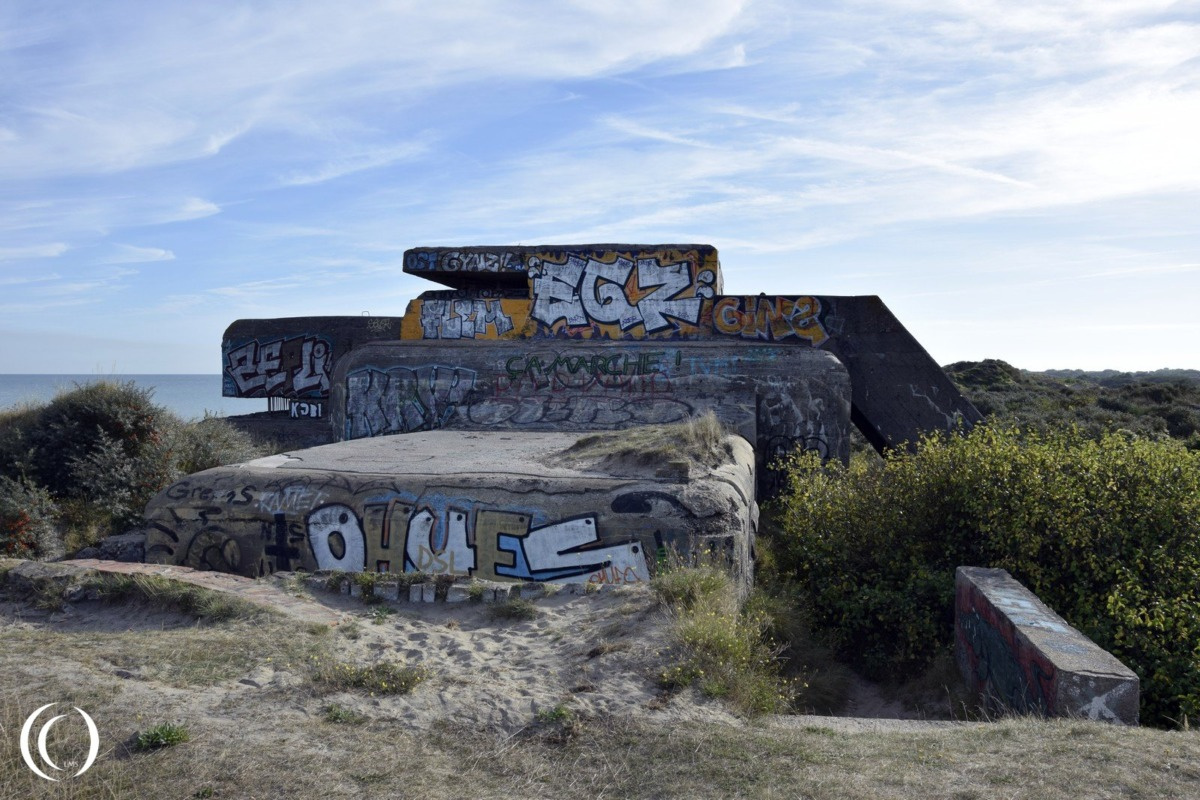
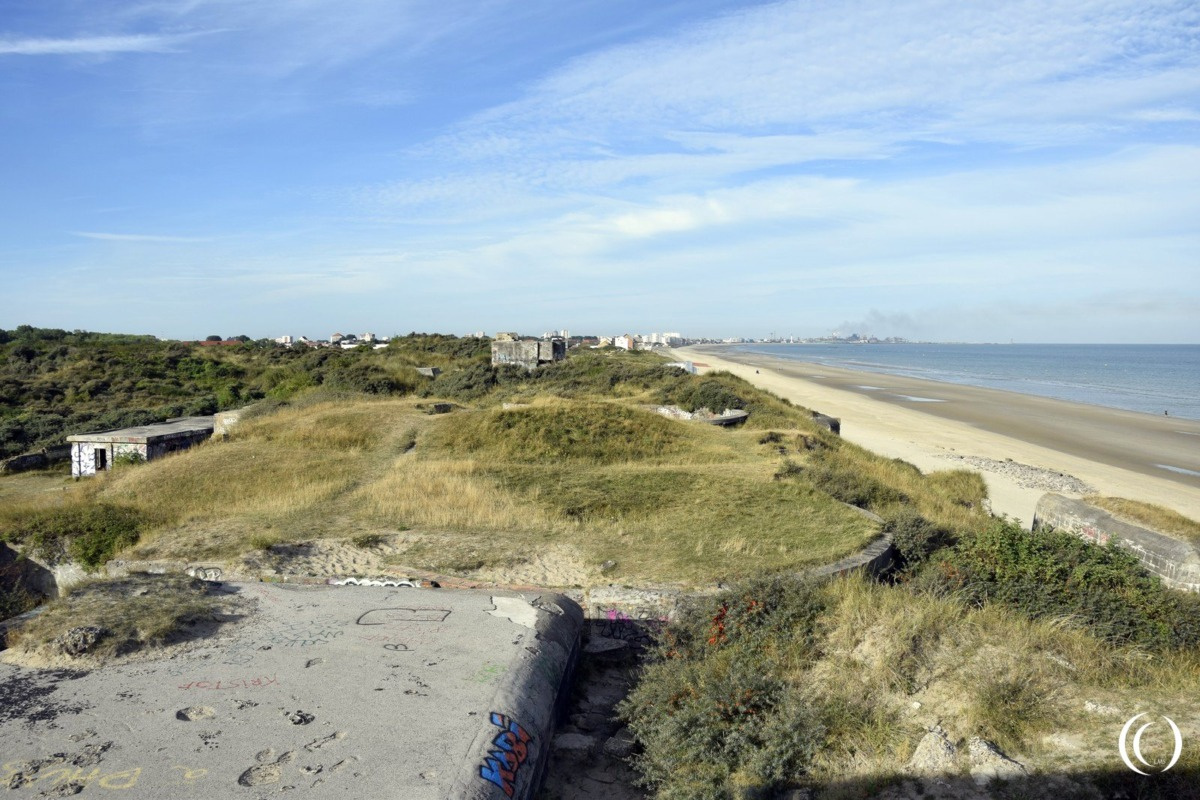
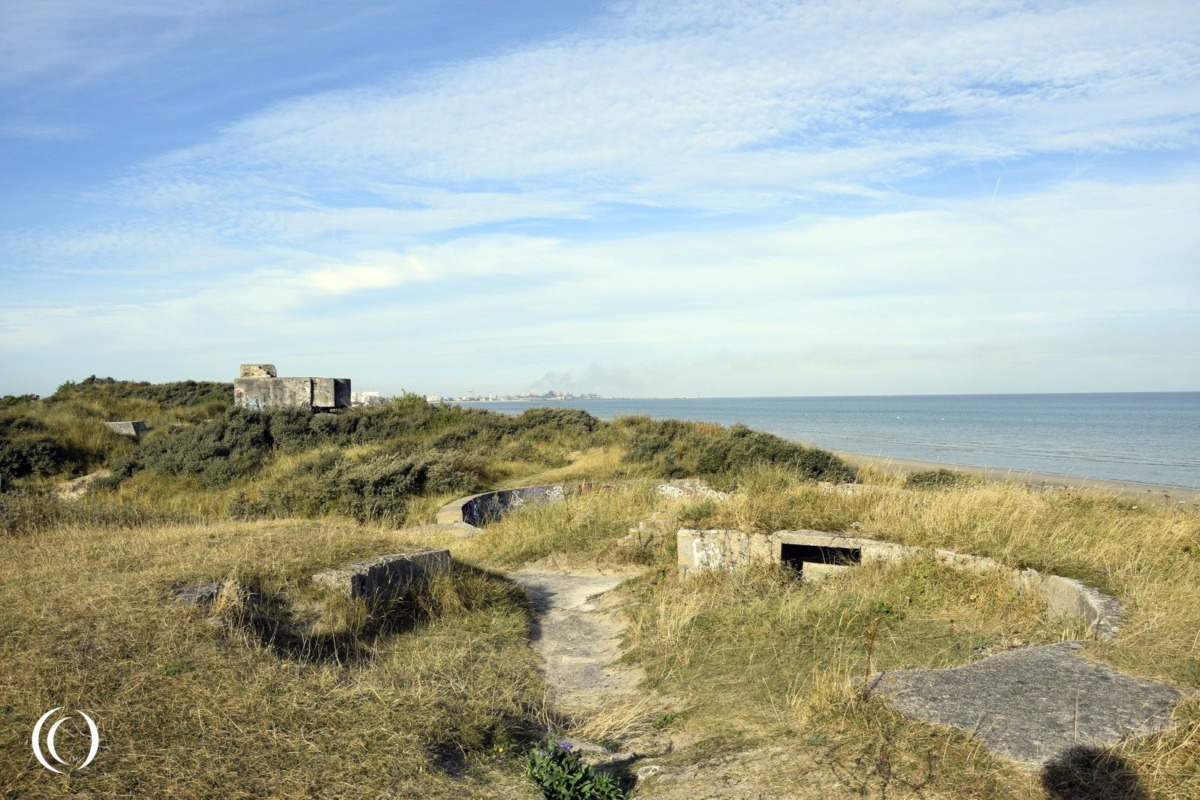
The Malo Terminus site included reinforced concrete bunkers, gun emplacements, observation posts, and personnel shelters. The battery was one of several in the Dunkirk area, operating in coordination with nearby installations such as Marine Flak Batterie Zuydcoote and Batterie Oldenburg. These sites collectively aimed to create a defensive barrier against Allied operations, especially following the failed Allied raid on Dieppe in 1942, which reinforced German concerns about potential coastal landings.In addition to a bunker with fire control directly at the battery, there was also a radar post (See-Riese FuMo 214) on the roof of Fort des Dunes that povided the battery with information about the location of Allied ships.
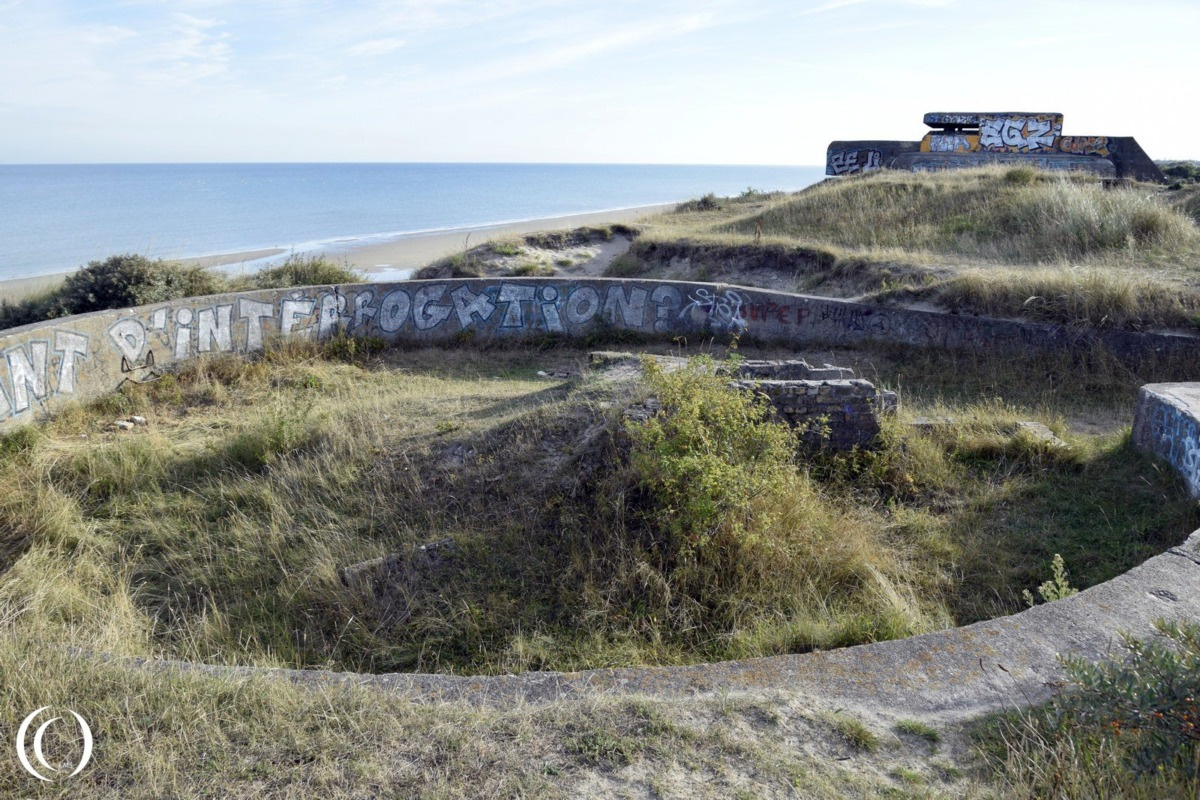
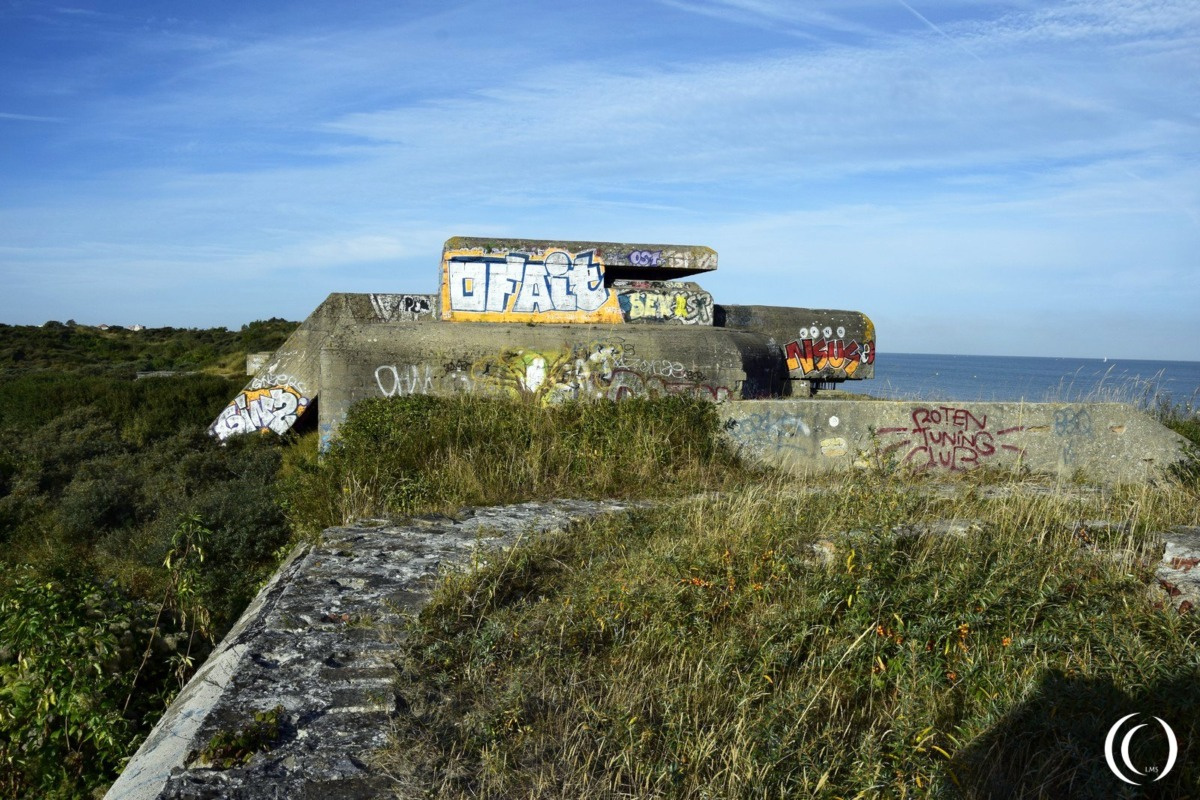
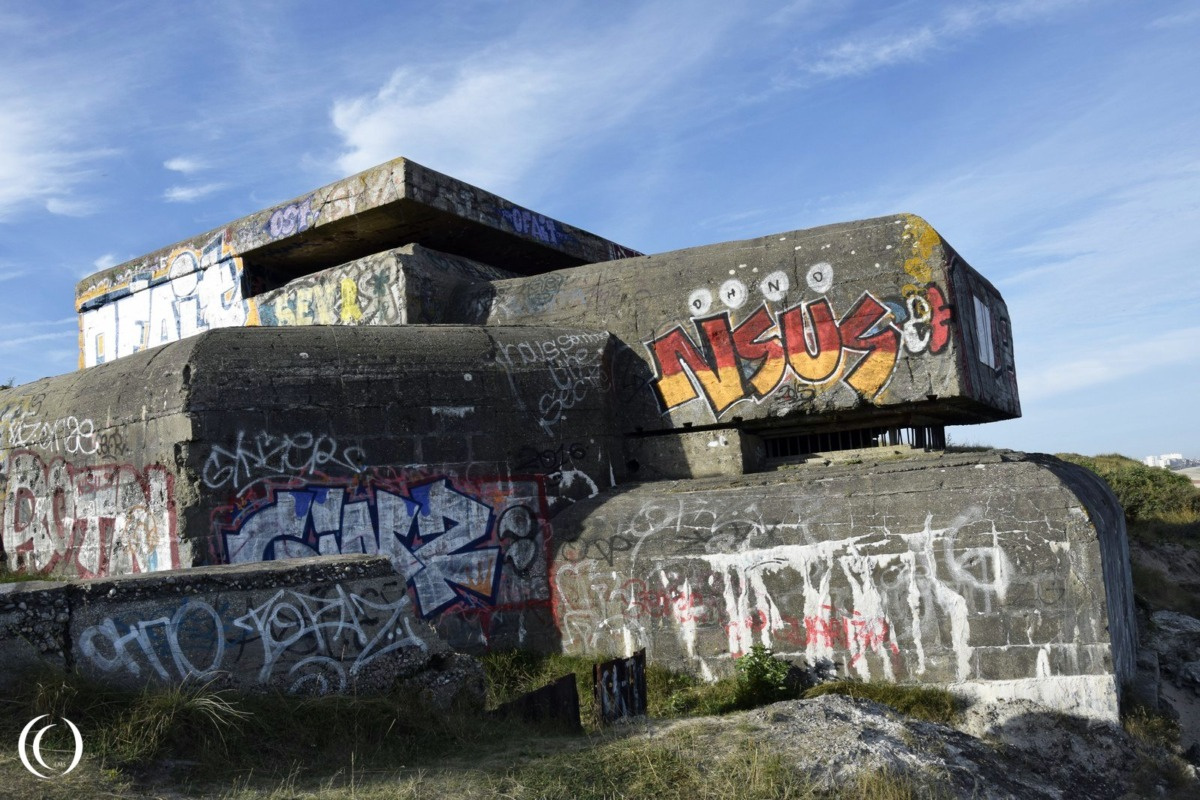
Regelbau types and weaponry
After the German occupiers seized the battery, the French 194 mm guns remained in service in their open gun emplacements. Four Regelbau 671 bunkers were built for 10.5 cm guns, along with a Regelbau 164a fire control bunker. This was built next to the original French fire control bunker. Kriegsmarine personnel bunkers and flak posts were added. Two SK Marine personnel bunkers were supplemented with a 7.65 cm gun, and another 15 cm SK L/45 gun was added. In the air defense, open gun emplacements were also built with four 10.5 cm flak guns.
Two searchlights (110 and 150 cm FlaKscheinwerfer 34) were added to three 40 mm Bofors anti-aircraft guns, three 20 mm flak guns, two 25 mm Hotchkiss anti-aircraft guns, and one 25 mm Pak gun. Roughly speaking, the coastal battery consisted of one Regelbau 134 Ammunition bunker, Regelbau M162a Fire control bunker, four Regelbau 671 Embrasured emplacement for central pivoting 10.5 cm gun (120º), 4x open gun emplacements, Flak emplacements, a garage and other smaller bunkers/ buildings together with the old French constructions which were used for personnel and ammunition. The 10.5 cm German (probably the 10.5 cm SK C/32) guns had a range of 15 kilometers (9.3 miles), the 15 cm SK L/45 (depending on the type) reached 17.6 km (10.9 miles) and the 194 mm French 26 km (16 miles).
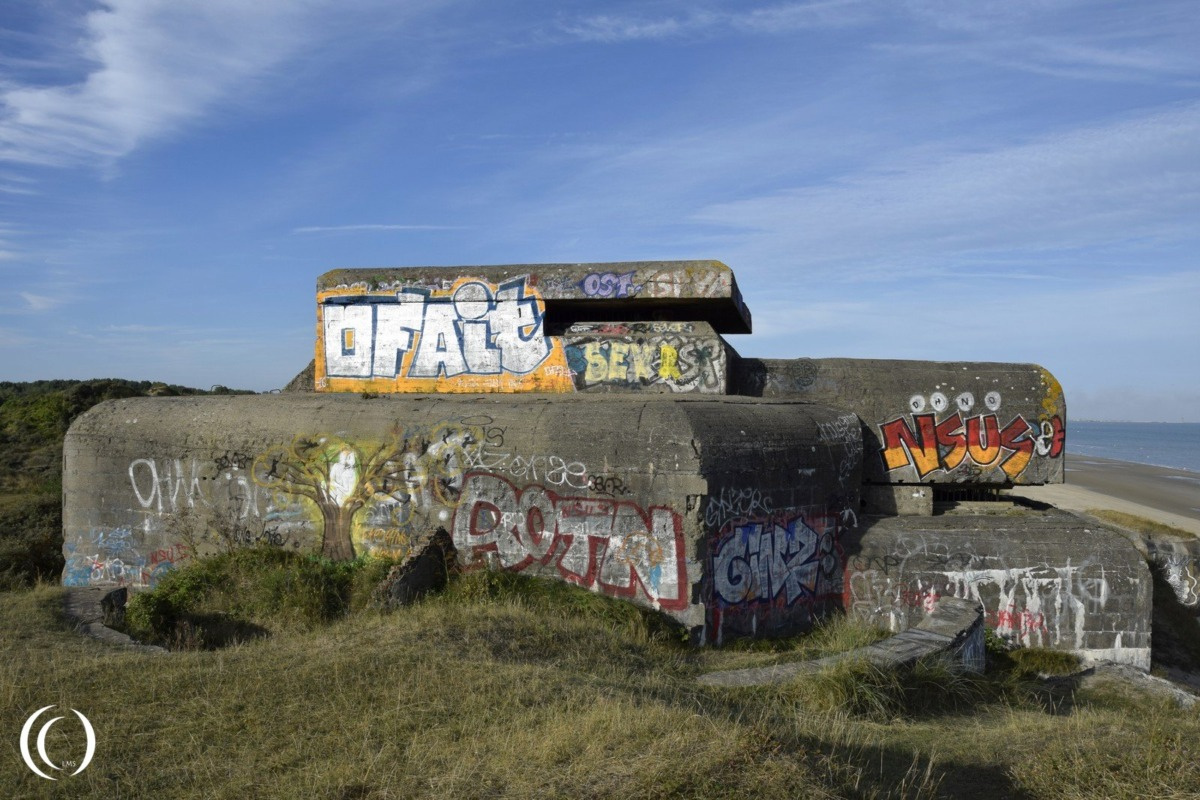
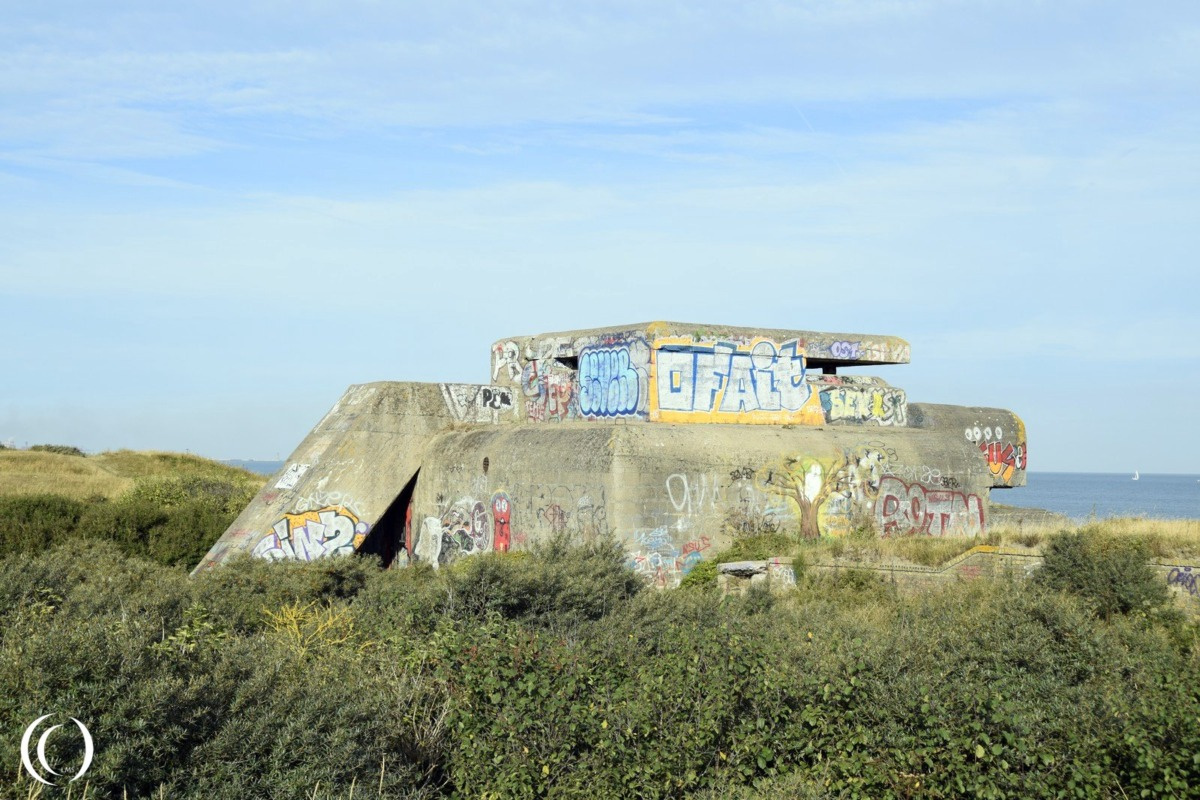
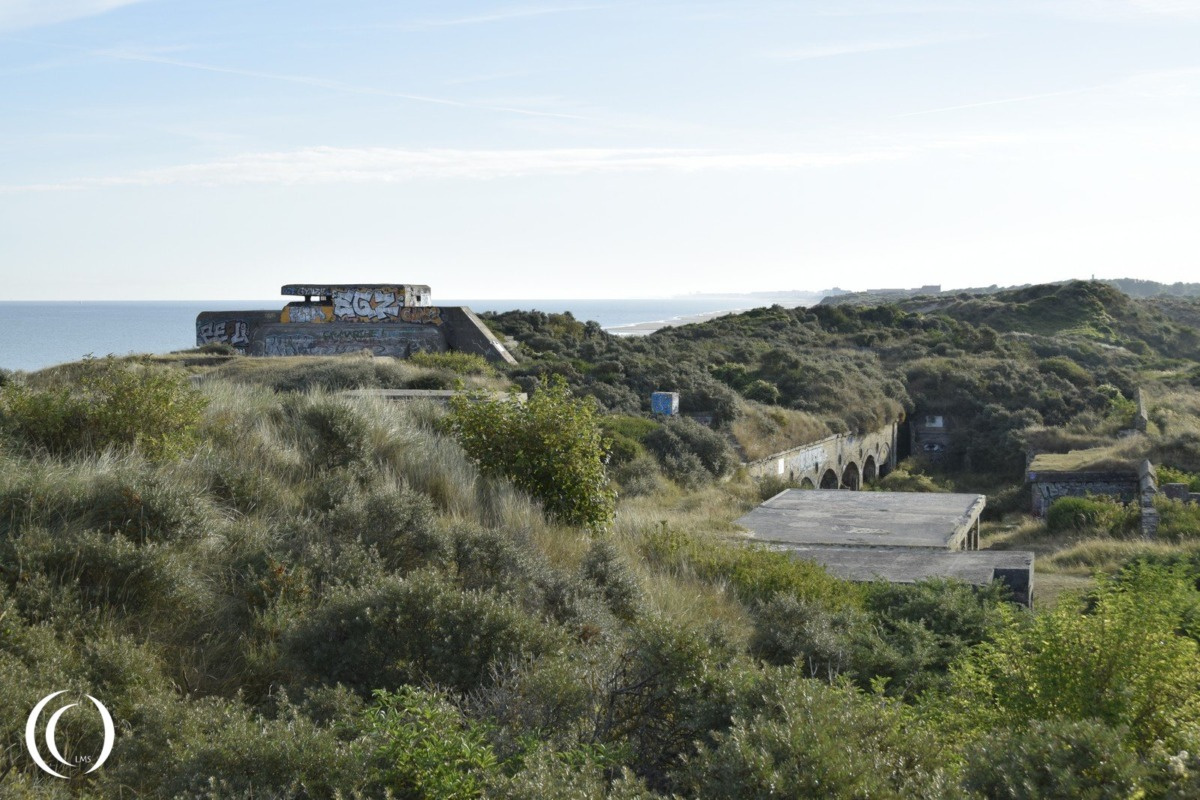
Malo Terminus during the war
Throughout the war, the Marine Küstenbatterie Malo Terminus was involved in both defensive operations and training activities. However, by the time of the Allied invasion of Normandy in June 1944 (Operation Overlord), its direct role in opposing the landings was minimal due to its location far northeast of the main landing beaches.
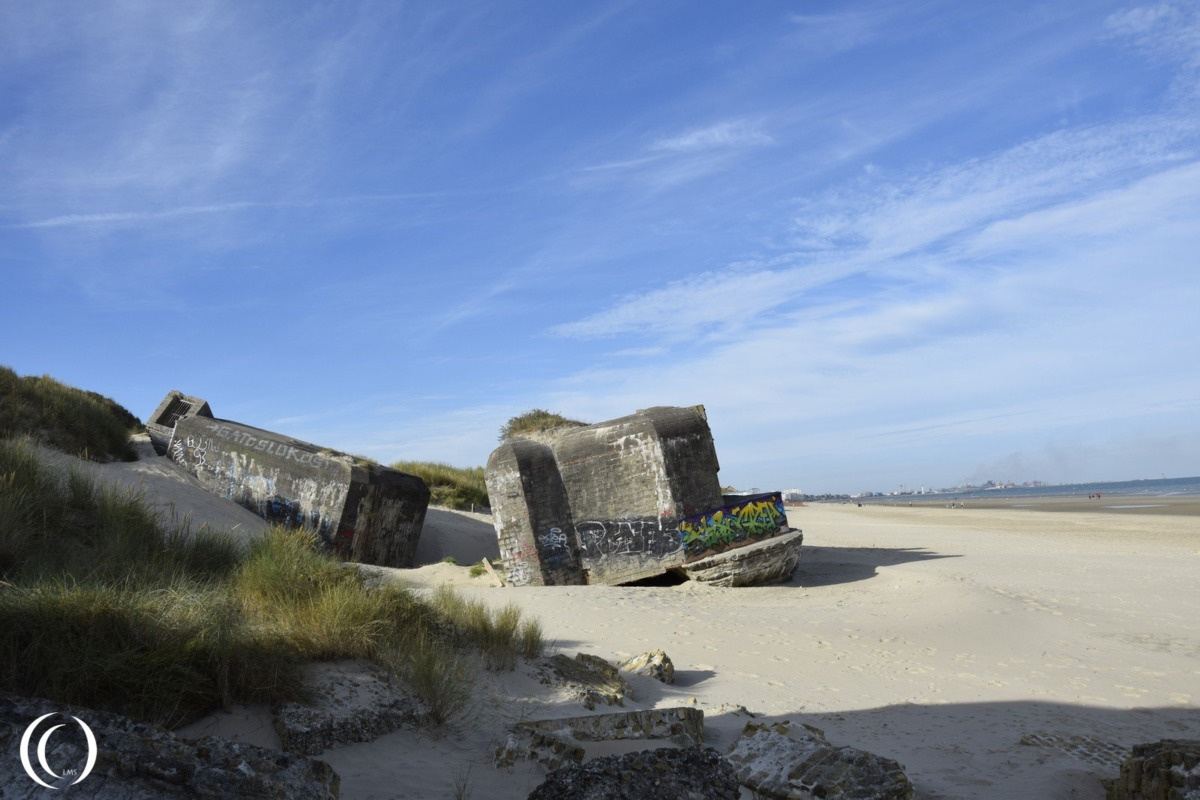
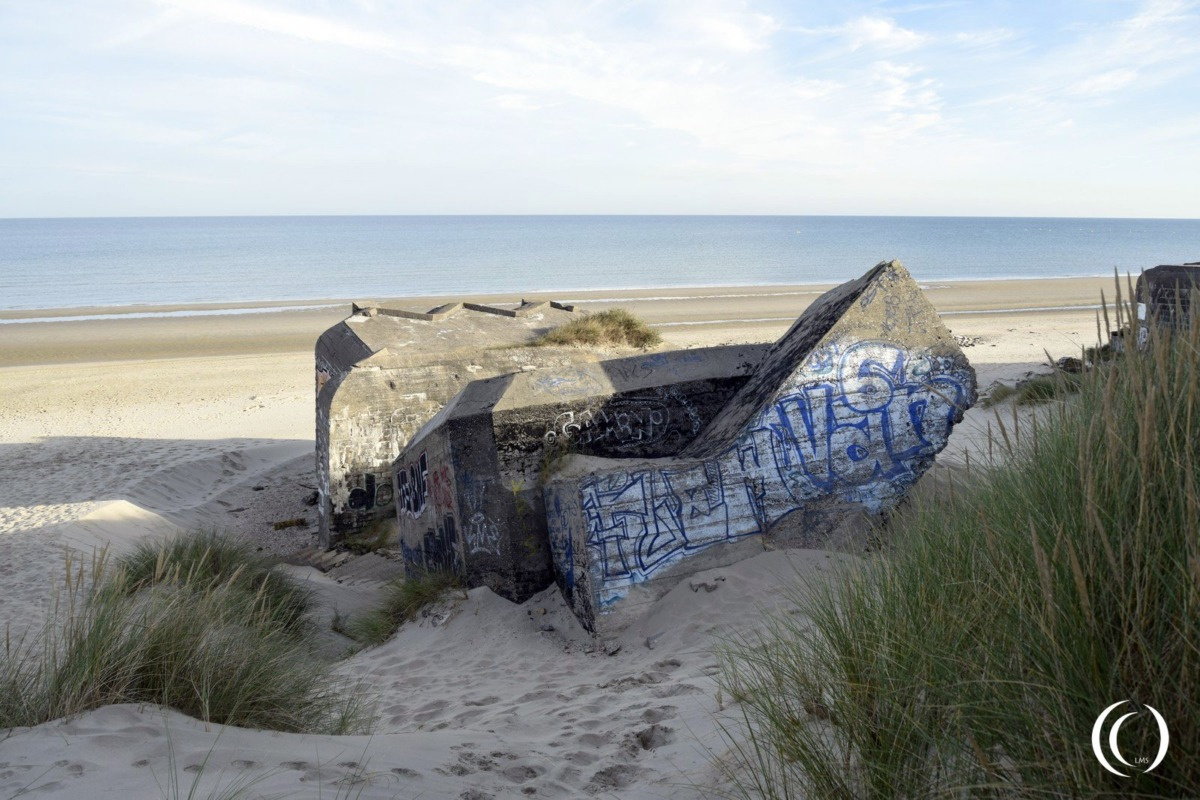
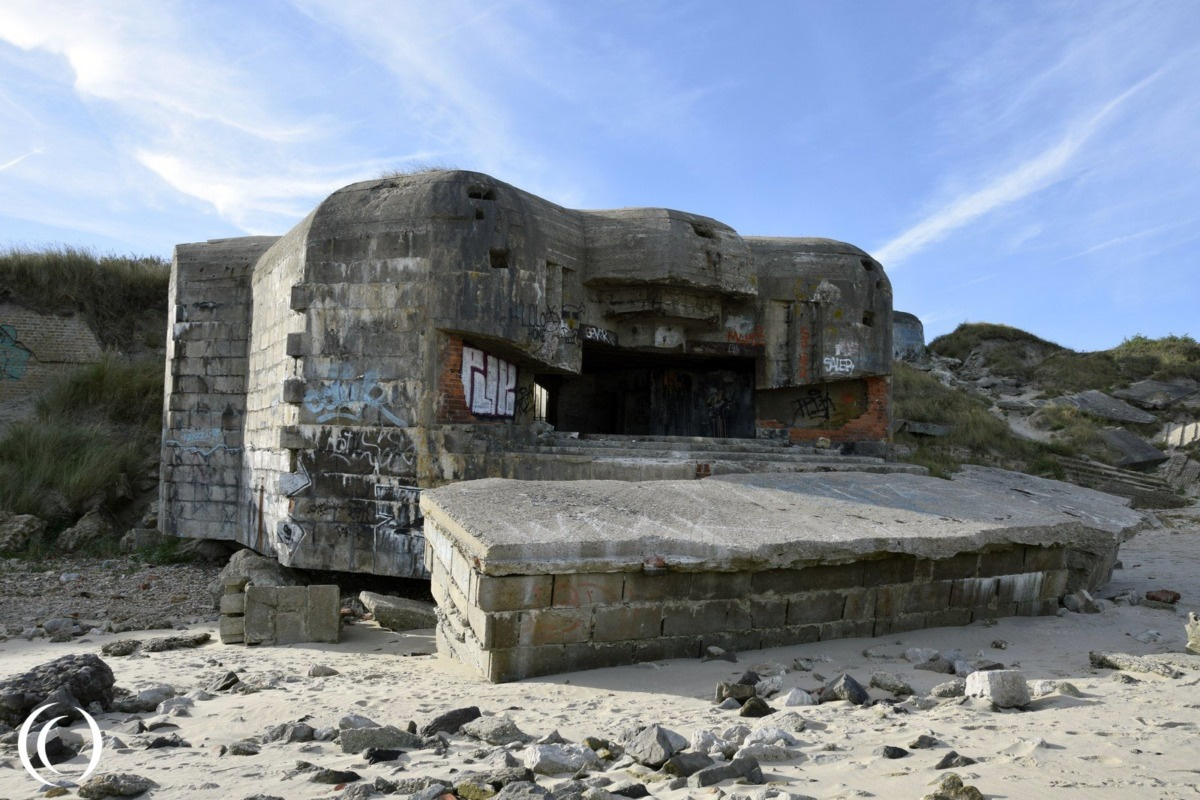
After the Normandy landings, Dunkirk and its surrounding defenses became part of the German Festung (Fortress) Dunkerque, designated by Adolf Hitler as one of several “fortresses” to be held at all costs. As the Allies advanced through France in the latter half of 1944, they bypassed Dunkirk, choosing instead to contain the German garrison there through a prolonged siege rather than direct assault. The Malo Terminus battery, along with other coastal defenses, continued to be manned by German troops during this period.
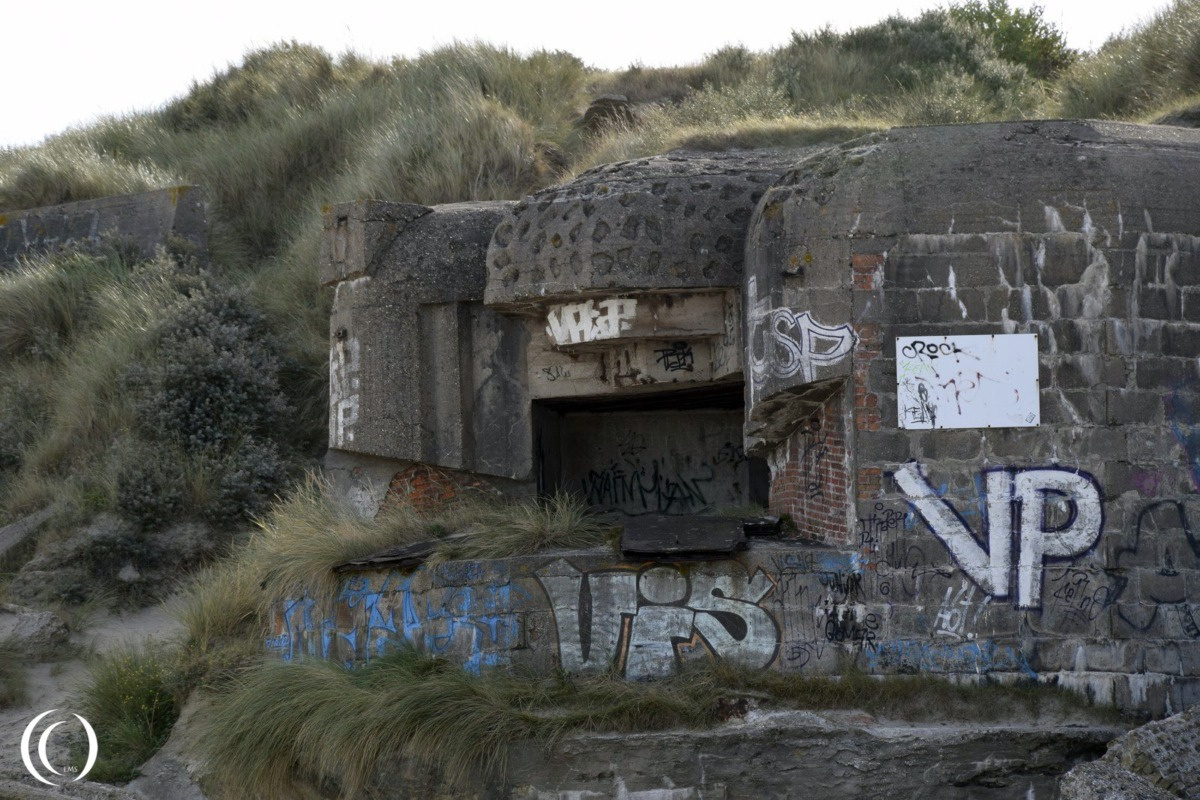

The siege of Dunkirk lasted until May 1945, one of the longest in the European theater of war. German forces finally surrendered after Germany’s unconditional capitulation. By that time, the Malo Terminus battery and other military installations in the area had sustained damage but remained structurally recognizable.
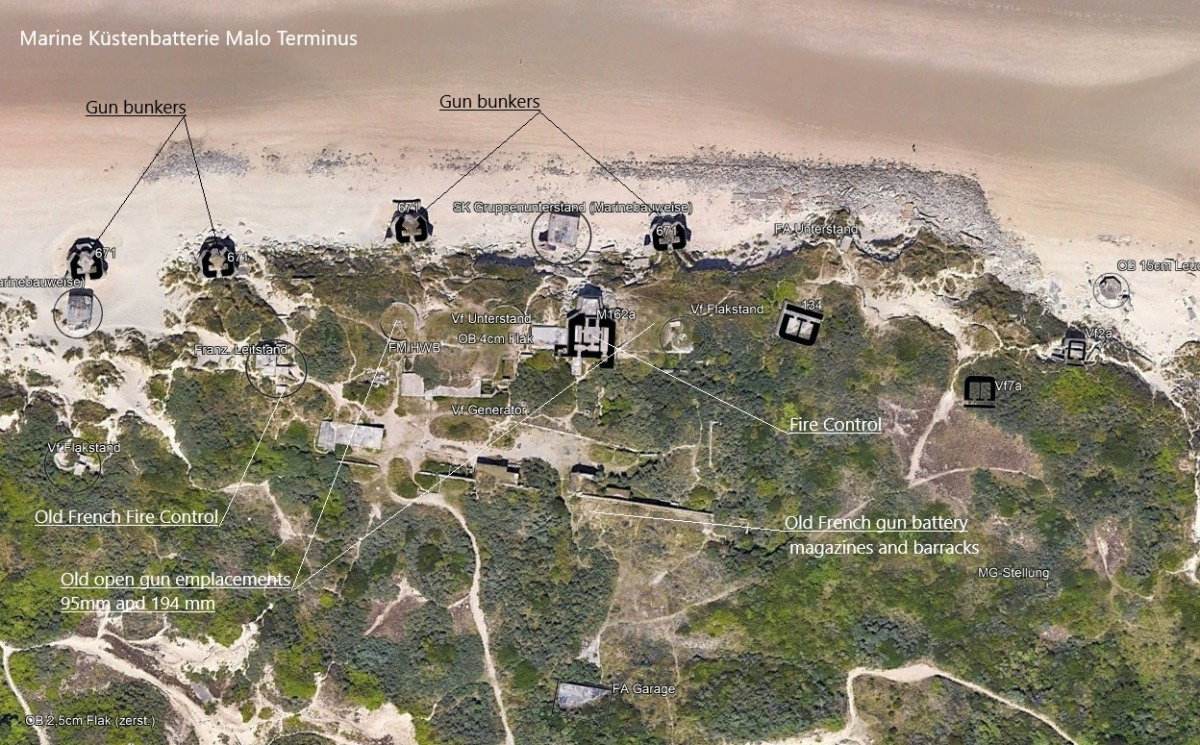
Visit
The name Zuydcoote Battery can be found on the maps app, but Malo Terminus will show you the same location. The bunkers lie in the dunes and at the beach due to corrosion) and are free to visit.